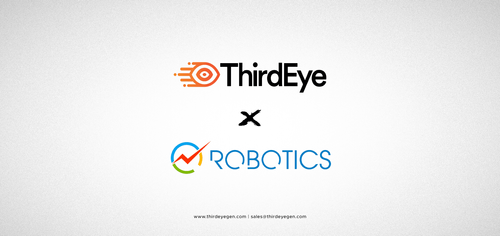
ThirdEye Announces Partnership with Oz Robotics
November 19, 2025ThirdEye is excited to announce a new partnership with Oz Robotics, expanding opportunities to bring innovative AR and mixed reality solutions to broader technology and enterprise audiences.
This collaboration supports ThirdEye’s mission to make advanced AR tools more accessible across industries such as field service, healthcare, training, defense, and industrial operations. By partnering with Oz Robotics, ThirdEye strengthens its presence within global emerging-technology markets and aligns with a platform known for supporting cutting-edge products in robotics, AI, and engineering.
We look forward to continued collaboration with Oz Robotics as we work together to drive the future of immersive technology and deliver impactful solutions to customers worldwide.
About Oz Robotics
Oz Robotics is a global marketplace and technology platform focused on robotics, AI, automation, and emerging hardware solutions. The company partners with innovators worldwide to bring advanced technology products to consumers, developers, enterprises, and STEM organizations through a trusted online distribution and partner ecosystem.
About ThirdEye
ThirdEye has developed a comprehensive AR/MR digital ecosystem that combines proprietary hardware and AI-powered software, optimized for government and enterprise deployment. The company is led by a senior team with over 25 years of experience delivering next-generation defense products. With a proven track record of deploying mission-critical solutions, ThirdEye is gaining traction across defense, aerospace, medical, telecom, automotive, construction, and energy sectors—positioning it for continued expansion across high-growth global markets.
Learn more: www.thirdeyegen.com
Media Contact: sales@thirdeyegen.com















